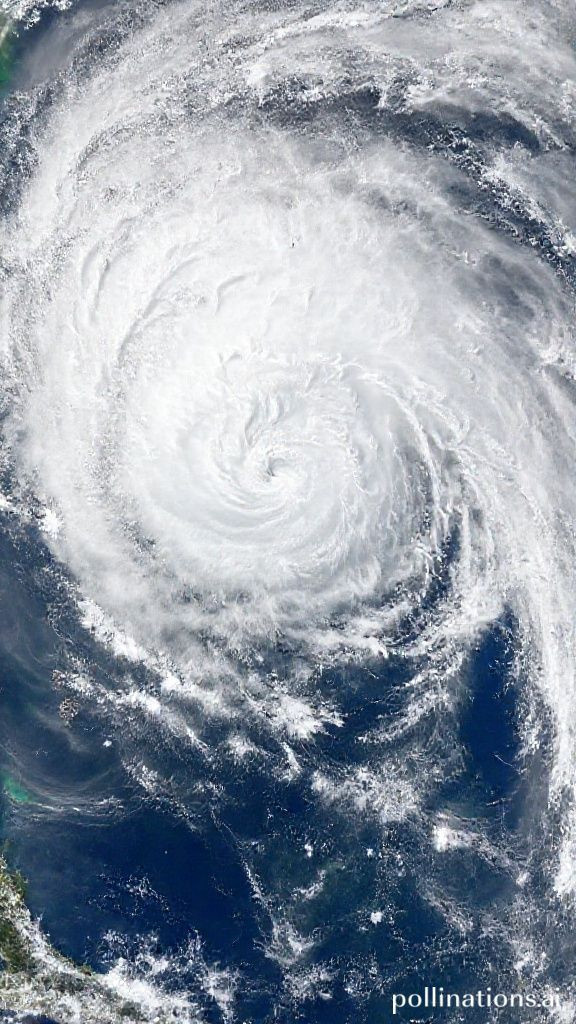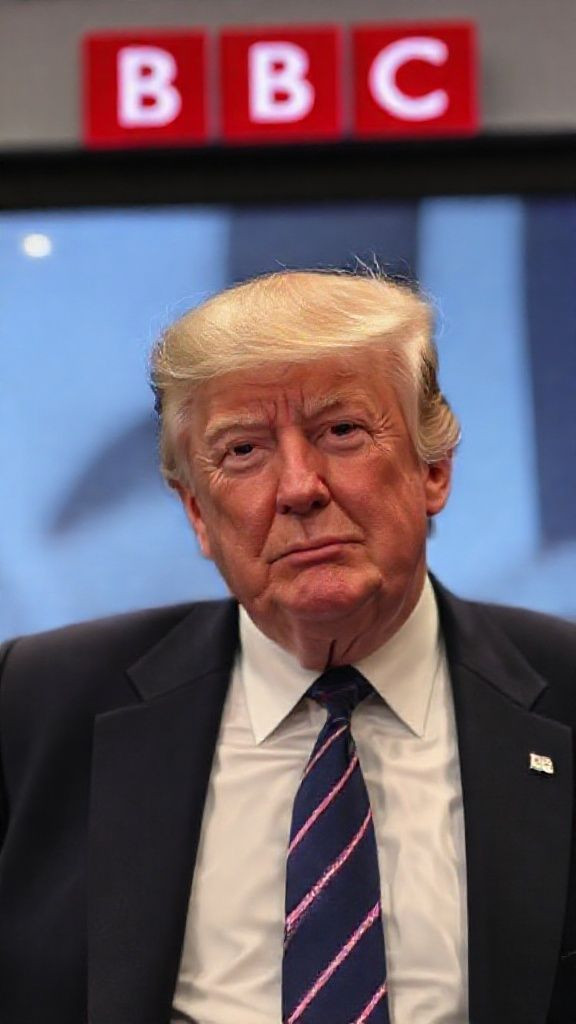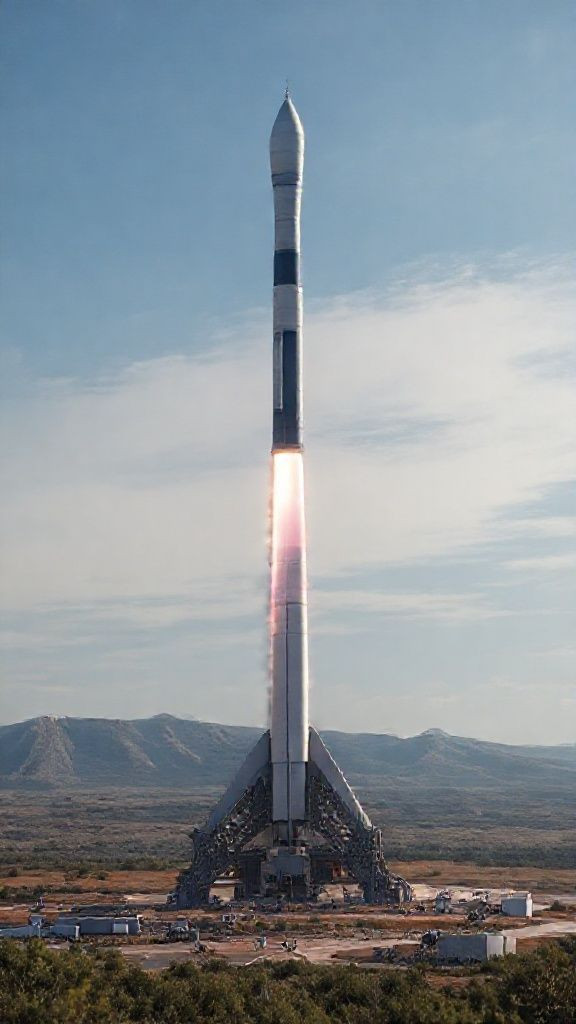
The Challenges of Meta's Undersea Cable A Journey Across Five Continents
The Challenges of Meta's Undersea Cable A Journey Across Five Continents
The Challenges of Meta's Undersea Cable A Journey Across Five Continents
As the world becomes increasingly reliant on digital communication, companies like Meta are investing in undersea cables to meet the growing demand for high-speed data transmission. In this article, we'll explore the challenges and benefits of Meta's latest project, Project Waterworth, a 50,000-kilometer undersea cable that will connect five continents.
The Rise of Digital Giants A New Era in Undersea Cables
In recent years, tech giants like Google and Meta have expanded their presence in the world of subsea cables. This shift is driven by the insatiable appetite for data from platforms like YouTube, Facebook, and Instagram. With billions of users generating vast amounts of content every day, these companies require reliable and high-speed connectivity to maintain seamless service.
The Complexities of Laying Undersea Cables
Laying an undersea cable is a challenging process that demands a deep understanding of the ocean floor, cutting-edge technology, and innovative problem-solving. The cables themselves consist of multiple pairs of fibre-optic cables in an armoured sheath, buried several meters beneath the sea bed for protection.
Ensuring Resilience A Critical Component of Undersea Cables
One of the primary concerns when it comes to undersea cables is resilience. With so much economic activity relying on these networks, any disruption can have far-reaching consequences. To mitigate this risk, companies like Meta are investing in multiple cables and diverse routes to ensure that data traffic can be routed around potential issues.
The Impact of Artificial Intelligence on Undersea Cable Demand
Artificial intelligence (AI) is another key factor driving demand for undersea cables. As AI continues to evolve, it will require vast amounts of data to train new models and perform complex calculations. This increased demand for bandwidth will only continue to grow as AI becomes more pervasive in our daily lives.
The Industry's Shift A New Landscape
The rise of tech giants like Meta in the world of subsea cables is having a significant impact on the industry. With Google and Meta investing heavily in undersea infrastructure, the landscape is shifting rapidly. Smaller players may struggle to keep up with the demand for high-speed connectivity, while larger companies will continue to drive innovation and growth.
Conclusion
In conclusion, Meta's Project Waterworth represents a significant investment in the future of global communication. By laying an undersea cable that spans five continents, Meta is demonstrating its commitment to delivering reliable and high-speed connectivity to its users. As AI continues to shape the world around us, the demand for undersea cables will only continue to grow. With the right combination of innovation, investment, and chutzpah, we can overcome the challenges of building these critical infrastructure projects and ensure that our digital communication networks remain resilient and robust.
Keywords undersea cables, Meta, Google, AI, data traffic, resilience, chutzpah






